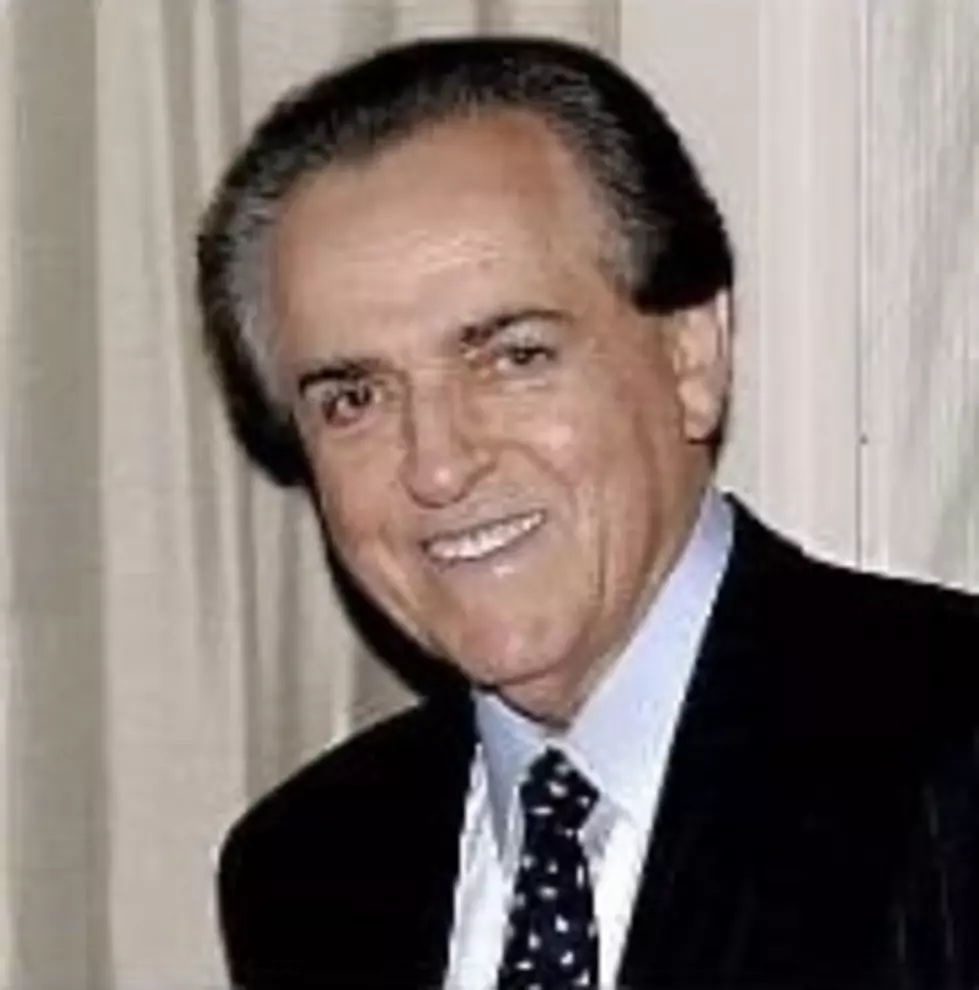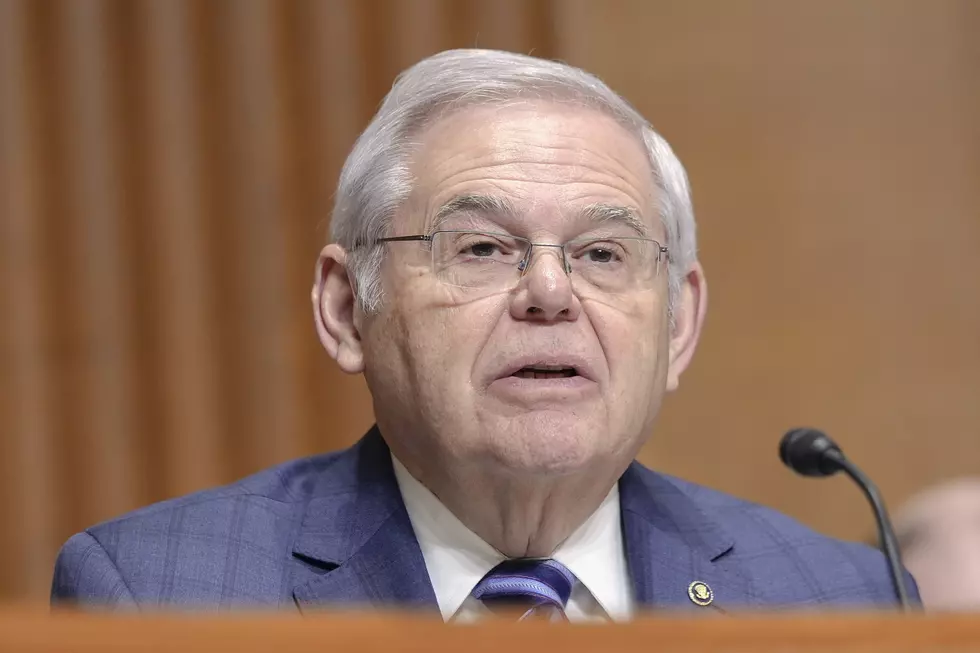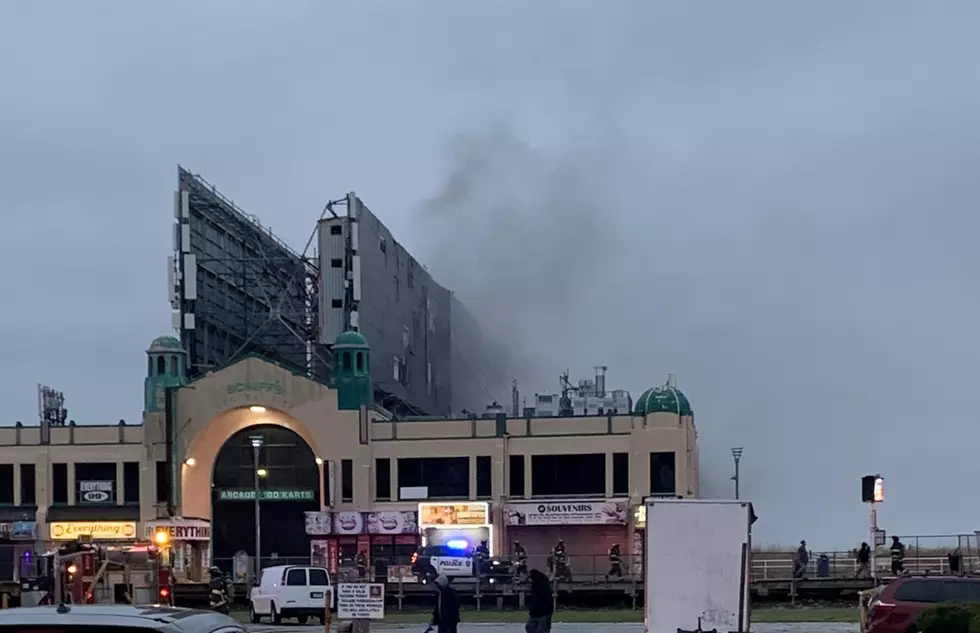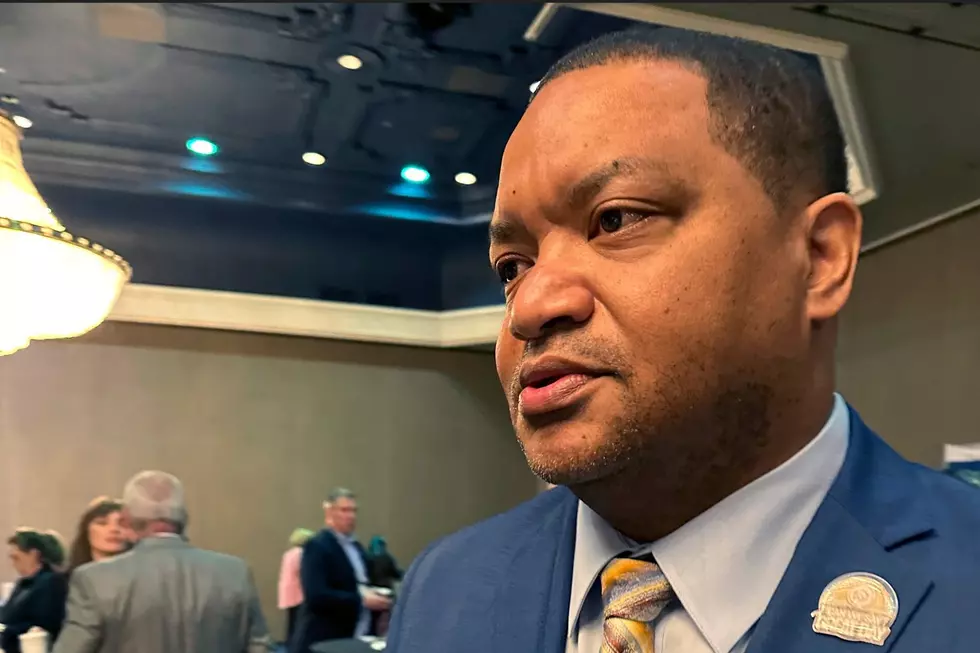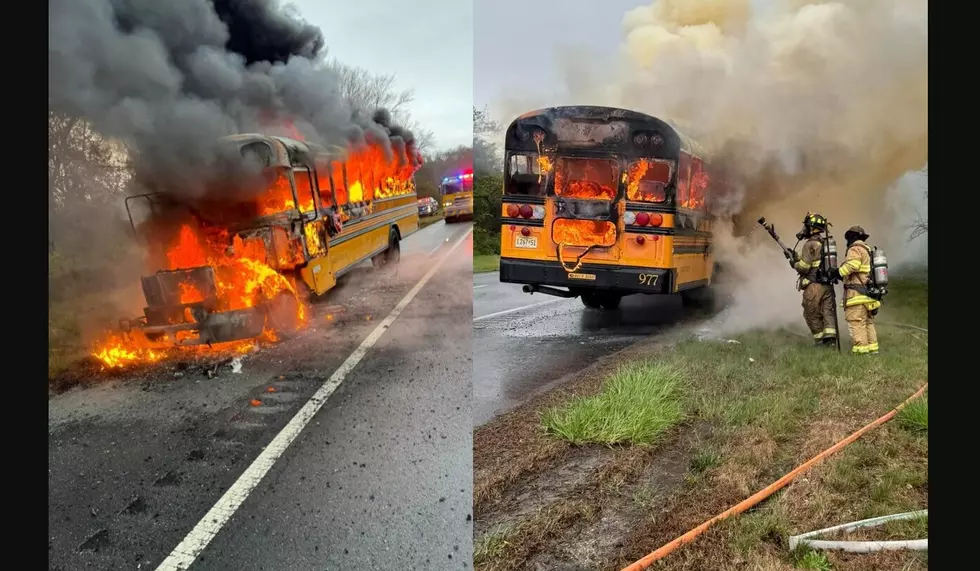
NJ’s Recall Law Was Designed to Fail
TRENTON — Since 1993, New Jersey residents have had the power to recall all state and local officials and members of Congress.
Voters approved a change in the state constitution via ballot question as part of the angry fallout from then-Gov. Jim Florio's massive tax hikes in 1990. That anger led to a "red wave" that swept the Democrat Florio out of office and gave Republicans solid control of the legislature.
At the time, it was hailed as a key tool that would allow ordinary citizens to keep their elected officials in check. It's not.
No elected official wants to face recall, so the authors of the legislation made it virtually impossible to accomplish. It is the kind of political sleight-of-hand that adds to voter skepticism.
While it is relatively easy to organize a recall movement, the rules are solidly in favor of the official subject to that recall effort. After a notice of intent to recall is filed and accepted, the clock begins for gathering signatures on a recall petition. For legislators and local officials, that timeframe is 160 days. For a governor, U.S. Senator or Congressman, it is 320 days. That is the easy part.
The number of signatures, on the other hand, required to trigger a new election is 25 percent of registered voters in the district. That is the sneaky part. Even in the '90s, there was a trend of falling voter participation, while at the same time the numbers of registered voters were on the rise.
A citizens' group recently launched a recall petition for Gov. Phil Murphy. To be successful and force a new election, they will need to collect more than 1.4 million signatures (25 percent of 5.8 million registered voters). However, almost half of registered voters did not vote in the last election. If actual voters were used as the benchmark, the Murphy recall effort would need just over 800,000 signatures — a difference of 600,000. That’s far from an easy task, but it shows how the recall legislation was crafted to actually prevent recalls.
Statewide recalls are rare. Local recalls have been more frequent, but they are no less difficult to accomplish. Petitioners must still meet the 25 percent threshold of registered voters in a town or district. Amid a rising murder rate and allegations of financial misdeeds, a recall petition was launched against the mayor of Orange. It failed.
Since 2009, there have been more than two dozen recall attempts that have failed. Of the recall attempts that have succeeded, some officials have remained in office because: New Jersey.
In 2008, Point Pleasant Mayor Vincent Barrella angered locals when he proposed a local tax blitz on everything tourism-related, from beach badges to alcohol. After a long legal battle, the recall election was held, and Barrella was reelected. In 1993, West New York Mayor Anthony DeFino was recalled and reelected on the same day.
At best, New Jersey’s recall law is another example of good public policy that was poorly executed. At worst, it is the kind of feel-good misdirection that creates political talking points, but actually removes power from people to keep their elected officials in check.
More From WPG Talk Radio 95.5 FM
